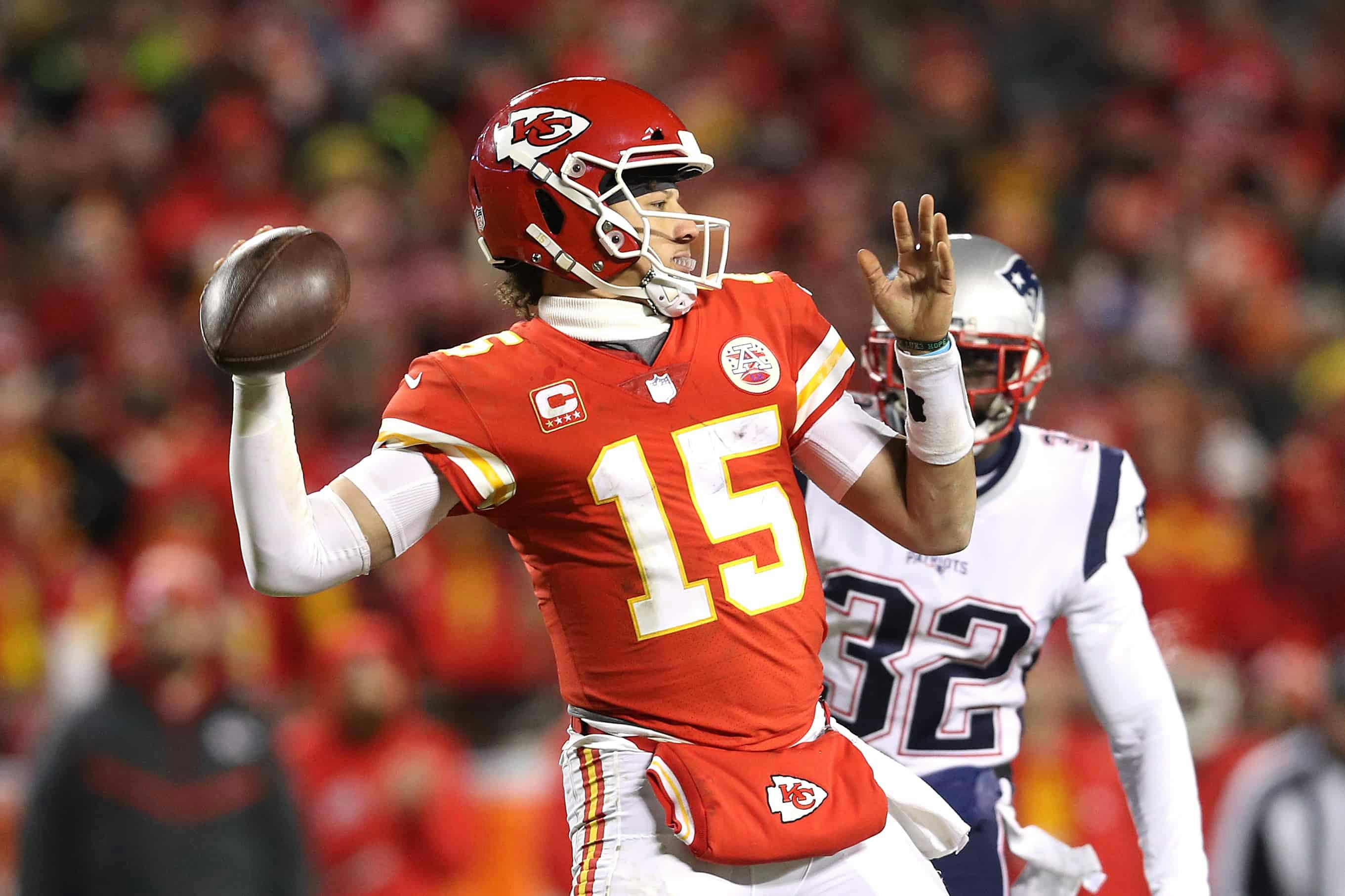Granted overtime opening possession on a coin toss during the NFL playoff game between the New England Patriots and Kansas City Chiefs, Tom Brady produced a touchdown drive that sent his team to the Super Bowl. In scoring a victory on the first play, Brady and the Patriots denied the Chiefs’ offense an opportunity to perform in overtime. That decision has Slate pondering an overtime path that gives the offense and defense of both teams equal opportunity on the field.
And that’s where California comes in.
Back in 1968, The California Interscholastic Federation introduced the “California tiebreaker,” something the state’s high school football districts used through the 1970s and ’80s. As Slate describes, “it’s like tug-of-war without the rope.”
“Here’s how it works: The ball is placed at the 50-yard line, and the teams run four plays each (a coin toss decides who gets to go first), alternating possession at the spot of the ball after every play. If no one manages to score (field goals aren’t allowed), then the team that’s in its opponents’ territory at the conclusion of the eight plays is awarded one point and declared the winner.
A California tiebreaker could go something like this:
- Team A rushes for 5 yards, with the ball carrier tackled at Team B’s 45-yard line.
- Team B gets the ball at its own 45-yard line. It then completes a 20-yard pass.
- Team A runs a play from its own 35-yard line …
And so on and so on.
If the ball is anywhere on Team B’s half of the field after eight plays—even the 49-yard line—then Team A is the winner.”
Read more about the California tiebreaker and how it played out in some memorable high school games here.










